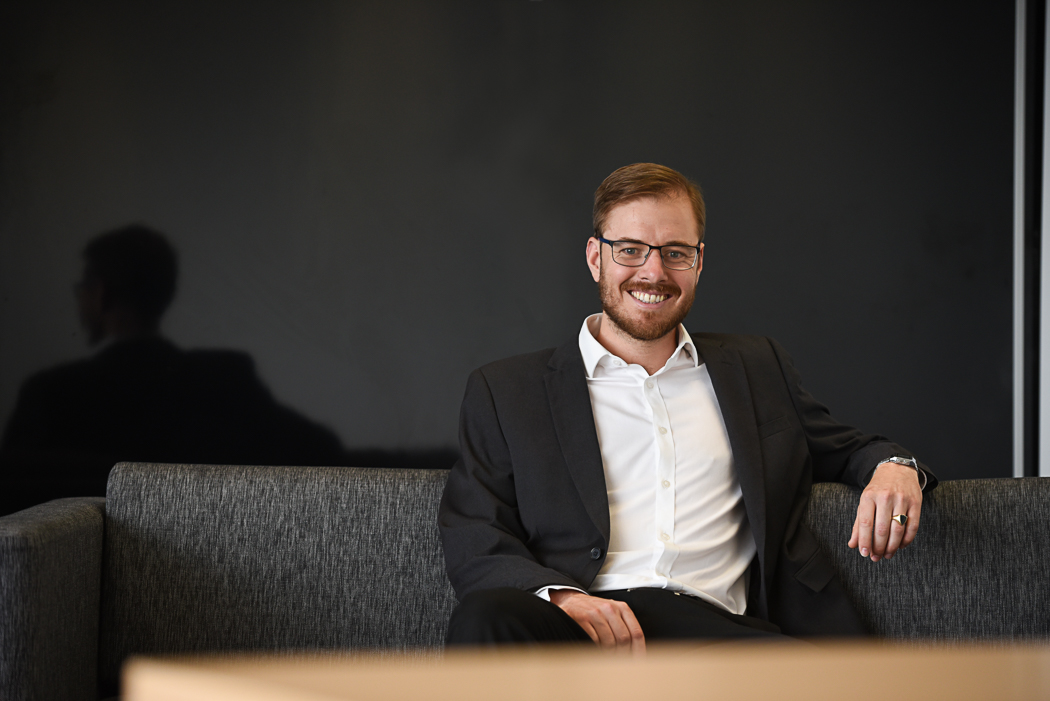Grant Ballantyne identifies the fundamentals when preparing for future workforce needs
Grant Ballantyne, Director Technical Solutions at Ausenco will be joining the stellar panel for AusIMM’s 2023 Thought Leadership Series to discuss the Future Workforce, available to stream on-demand from 2 June.
We recently chatted with Grant to gain his view on the importance of having access to passionate mentors, the role that fundamental engineering principles play in future workforce needs, and the graduate intake trends he is currently seeing at Ausenco.

On a personal level, what drew you to study STEM and pursue a career in metallurgy engineering?
I really fell into the mining industry through a combination of chance and encouragement from passionate university lecturers and researchers. I originally chose to do engineering as a stopgap to get into Veterinary studies, but found I was good at it and really enjoyed it.
The key catalyst that swayed my decision to specialise in Metallurgical engineering came in the form of Professor Peter Hayes at the University of Queensland (UQ). He found me vacation work at the CSIRO after my first year at university and organised an unforgettable site trip to the Queensland Alumina Limited plant in Gladstone. In the same way, the subsequent steps in my career: to pursue a PhD, continue in research and join Ausenco; I can trace back to the encouragement of passionate Metallurgical engineers such as Tim Napier-Munn, Dee Bradshaw, and Greg Lane.
How can we identify and prepare for future workforce needs, when the expectations, innovations and technologies in the resources sector are evolving so rapidly?
I have found that if you have a good grounding in the fundamental principles of mineral processing, you can respond to these changes easily.
For instance, when I was lecturing the comminution course at UQ, I focussed on the fundamentals of rock breakage, classification, and liberation, and taught the students how those fundamentals apply to the specific equipment you see on site: crushers, mills, cyclones, screens, and how they relate to throughput, grind size and recovery. Once those fundamentals are known, they can be applied to most new comminution technologies and don’t change when new algorithms (such as machine learning) are applied to the control systems.
Ausenco onboards graduates across many disciplines each year. As the Global Director of Technical Solutions, in what fields are you noticing an increased lack of graduates or interest from the younger generations?
At Ausenco, we have managed to maintain a fantastic cohort of young engineers in our graduate program and continue to engage with the universities to continue this pipeline. The two biggest trends I have seen in recent years is the increase in chemical engineering graduates that have needed additional on-job training in metallurgical fundamentals, and a push away from working in coal (which is aligned with Ausenco’s withdrawal from this sector).

